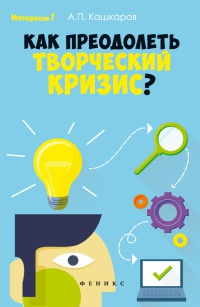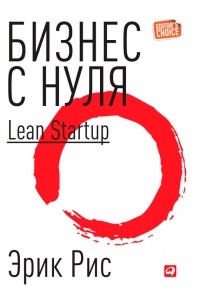Книга Я хочу больше идей. Более 100 техник и упражнений для развития творческого мышления - Стив Роулинг
На нашем литературном портале можно бесплатно читать книгу Я хочу больше идей. Более 100 техник и упражнений для развития творческого мышления - Стив Роулинг полная версия. Жанр: Книги / Домашняя. Онлайн библиотека дает возможность прочитать весь текст произведения на мобильном телефоне или десктопе даже без регистрации и СМС подтверждения на нашем сайте онлайн книг knizki.com.
Шрифт:
-
+
Интервал:
-
+
Закладка:
Сделать
Перейти на страницу:
Перейти на страницу:
Внимание!
Сайт сохраняет куки вашего браузера. Вы сможете в любой момент сделать закладку и продолжить прочтение книги «Я хочу больше идей. Более 100 техник и упражнений для развития творческого мышления - Стив Роулинг», после закрытия браузера.
Книги схожие с книгой «Я хочу больше идей. Более 100 техник и упражнений для развития творческого мышления - Стив Роулинг» от автора - Стив Роулинг:
Комментарии и отзывы (0) к книге "Я хочу больше идей. Более 100 техник и упражнений для развития творческого мышления - Стив Роулинг"
























